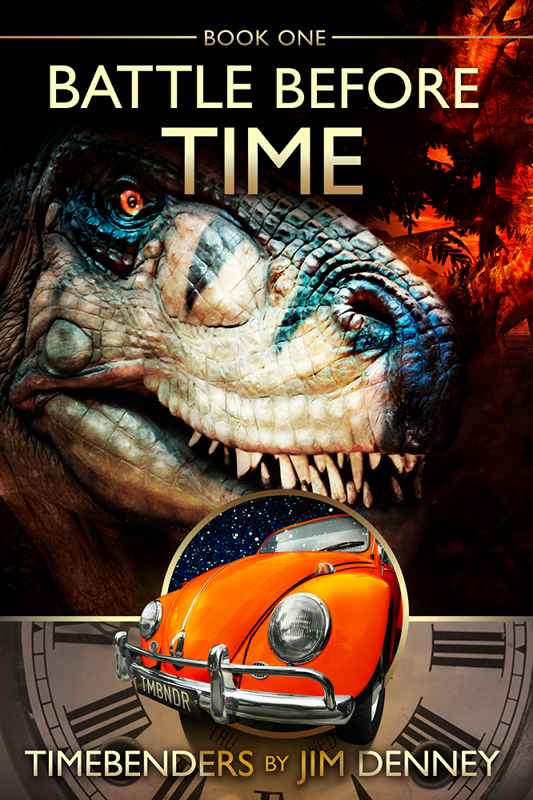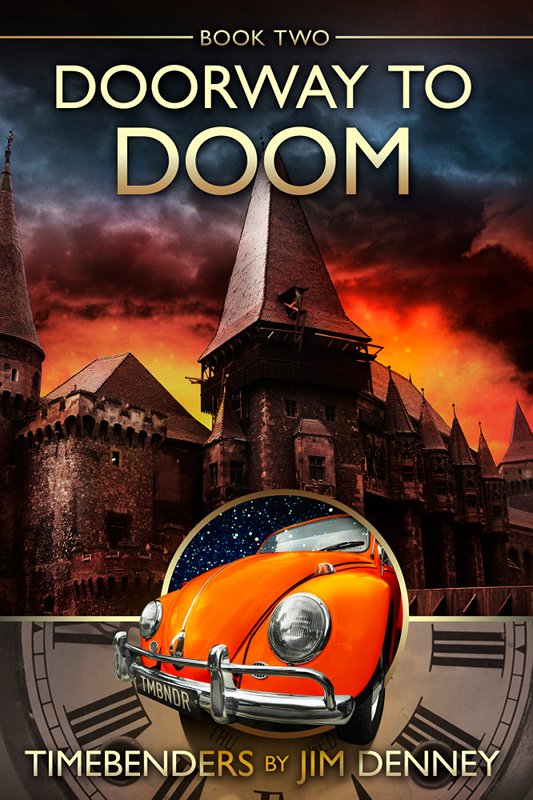From the Introduction to my new ebook, Writing in Overdrive: Write Faster, Write Freely, Write Brilliantly [Kindle Edition, estimated length 173 pages, available at Amazon.com for $2.99]
“If my doctor told me I had only six minutes to live, I wouldn’t brood. I’d type a little faster.” —Isaac Asimov. “In quickness is truth. … The more swiftly you write, the more honest you are.” —Ray Bradbury.
Looking over my writing schedule, I see I’ve written one book per month for the past seven months. Those seven books were contracted with three different publishers, and all were delivered on deadline. Here’s the list:
• A 62,000-word book, November 2012.
• A 66,000-word book, December 2012.
• A 54,000-word book, January 2013.
• A 50,000-word book, February 2013.
• A 70,000-word book, March 2013.
• A 50,000-word book, April 2013.
• A 50,000-word book, May 2013.
I also wrote about half of this 40,000-word book in May, so add another 20,000 words, and you get a total of 422,000 words in seven months, an average of more than 60,000 words per month.
Full disclosure: These are all nonfiction books (which, for me, write faster than fiction), and they are all a bit on the slim side (I consider a full-sized book to be 80,000 words or longer). Even so, I think this output establishes my bona fides as a writer who can speak with authority on the subject of “writing in overdrive.”
Have I always been a fast writer? Absolutely not! I’ve been writing fulltime since 1989, and for much of my career my annual writing output was probably less than a third of what I produce today.
The turning point came in 2001, when I submitted a fiction proposal to a major publishing house. After considering my proposal for several months, the acquisition editor reported back. “We’ve got good news and bad news,” she said. “The good news is we want to publish your book. In fact, we’re offering you a four-book deal.”
That wasn’t just good news, that was four times more good news than I dared hope for. How bad could the bad news be?
Well, pretty bad, as it turned out. For starters, the advance the publisher offered was modest, to put it charitably. And the deadline was simply insane — they wanted me to write four books in four months. Worst of all, the contract contained a $100-per-day penalty for late delivery.
I didn’t have an agent at the time. I did my own negotiating — something I do not recommend and would never do again. But I can be a tough negotiator when I need to be.
The publisher wouldn’t budge on money, but did agree to move the deadline out an additional two months. I tried to remove the $100-a-day late delivery penalty. “It’s hard to be creative,” I said, “with a gun pointed at my wallet.” When the publishing house insisted on keeping the penalty in the contract, I asked for a 30-day grace period before the penalty kicked in — and the publisher agreed.
I had negotiated a contract I could live with — just barely. But even with the deadline extensions and concessions I had gotten, it was going to be tight. In the end, I delivered Book 1 ahead of deadline, Book 2 right on deadline, Book 3 two weeks late, and Book 4 almost a month late. But I stayed within the grace period, and I didn’t incur the $100-a-day penalty.
In the process I learned I could write much faster than I ever dreamed possible — and I could do so without sacrificing quality. In fact, writing under intense deadline pressure was actually liberating, because it forced me to free up my imagination and intuition and write faster than I had ever written before. Those four books seemed to pour out onto the page in a burst of uninhibited creativity. I believe the books are actually better than they might have been if I’d had more time to analyze what I was writing.
It’s a paradox but it’s true: The faster you write, the better you write.
Since that time, I’ve made an intense study of the creative process. I’ve explored every technique and technology for writing faster, writing freely, shedding inhibitions, stifling the inner critic, and writing “in the zone.” My study has confirmed what my own experience suggested: writing in overdrive produces more powerful writing. I discovered that the writers I admire most — Ray Bradbury, Stephen King, John Steinbeck, Raymond Chandler — always wrote their first drafts with remarkable speed.
If you want to write more quickly, freely, and creatively, this book will show you how. It will transform the way you write almost immediately. My goal is to give you the tools to improve your writing skills right now.
I call this book Writing in Overdrive for a very good reason. In automotive terms, an overdrive is a mechanism of the transmission that allows a car to sustain a high rate of speed at a reduced engine RPM. The ability to cruise in overdrive enables a car to go farther on a gallon of gasoline, and to work less hard, causing less engine wear.
In the same way, a writer cruising in overdrive is able write faster, write longer, and be more productive while working less hard. In this book, I’ll give you the steps and principles you need to write in overdrive every day. I will show you:
• How to write so fast you’ll have no time for self-doubt.
• How to organize your time and workspace to be more productive.
• How to set ambitious yet attainable goals.
• How writing badly enables you to write brilliantly.
• How to overcome your inner resistance to writing daily.
• How to finish what you start.
• How to prepare yourself to write “in the zone.”
• How to tap into the power of your unconscious mind.
• How to write freely and fearlessly.
• How to use “writing rituals” to prepare yourself to write.
• How to be aware and focused yet relaxed as you write.
• How to be undistractible when surrounded by distractions.
• How to use technology to be more creative and productive.
• How to get the most out of NaNoWriMo.
• How to overcome writer’s block.
Chapter by chapter, as you go through this book, you’ll acquire skills you can instantly road-test on your current work-in-progress — and I’ll share stories from my own experience and from the lives of other successful writers to show you how these principles apply in real-life writing situations. The tools and insights in this book will enable you to write with greater speed, confidence, and mastery, whether in traditional publishing or the indie publishing world.
I wish you joy, success, and astounding speed on your writing journey.
— JIM DENNEY





